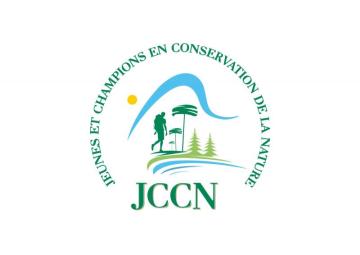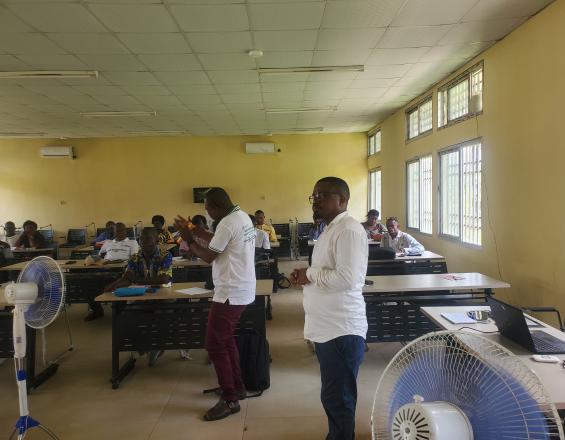
The IYEMBE MOKE village terroir and its contribution to biodiversity conservation

The Iyembe Moke village terroir is located in the Lac Ntomba sector, in the Bikoro territory. Initiated as part of the national land-use planning program, the terroir is spread over several ecosystems covering some 5,065.66 ha of dense rainforest, 982 ha of secondary forest, 930 ha of savannah and 480 ha of fallow land. In terms of biodiversity, the various ecosystems present offer a diversity of plant species used as timber, monkey species, wild boar and others. The swamp forests are also home to peat bogs, which play an important role in maintaining ecosystem balance through carbon sequestration. The project was initiated with the aim of promoting community-based management of land and natural ecosystems through coherent, rational planning by communities, with a view to sustainable management of natural resources and contributing to the conservation of Biodiversity.
Contexto
Défis à relever
The management of natural resources through the management plan in place helps to combat uncontrolled charcoal burning and hunting.
Ubicación
Procesar
Summary of the process
Through the Local Development Committee (CLD), customary and land rights holders take part in decision-making meetings on access to resources and the sharing of benefits in terms of service provision and other issues. Governance of the terroir is based on the development plan, which defines the different types of habitat and the related land-use patterns.
Building Blocks
Territory developed and managed by customary authorities
The land is managed by the communities in the traditional way, according to a well-defined management plan.
Enabling factors
Existence of a management plan and a traditional resource management system
Lesson learned
The management plan ensures the sustainable use of natural resources.
Existence of a local development committee (CLD)
The territory is managed by the CLD, which organizes community assemblies as a decision-making body.
Enabling factors
The CLD brings together representatives of all landowning families.
Lesson learned
Participative management.
Impacts
With regard to traditional site management, community members enjoy rights of use and access to natural resources for subsistence purposes, in compliance with the management plan. With regard to cultural values, cultural rites are organized and the messages conveyed through songs, dances and clothing styles are interpreted by griots for the understanding of non-members of the community.
Beneficiaries
The beneficiaries of this land development program are local communities, members of civil society, environmental activists and others.
Sustainable Development Goals
Story
The Iyembe Moke village terroir is located in the Lake Ntomba sector, in the Bikoro territory. The terroir is spread over a variety of ecosystem types, covering some 5,065.66 ha of dense rainforest, 982 ha of secondary forest, 930 ha of savannah and 480 ha of fallow land. It was also initiated as part of the Democratic Republic of Congo's National Policy on Land Use Planning, established by Ministerial Order N°034/CAB/MIN/EDD/03/3/BLN/2015 of July 3, 2015 with a view to promoting a dynamic of community-based land management through coherent and rational planning by communities. The terroir is home to large expanses of dense forests and swamp forests associated with watercourses. In terms of biodiversity, the various ecosystems present offer a diversity of plant species used as timber, monkey species, wild boar and others. Ecosystem provisioning services include non-timber forest products such as Nfumbwa(Gnetum africanum) used as a wild vegetable, caterpillars, Marantaceae leaves and so on. The swamp forests are also home to peat bogs, which play an important role in maintaining ecosystem balance through carbon sequestration.
The territory is managed by the communities, who form a Local Development Committee (Comité Local de Développement - CLD), which organizes community assemblies as a decision-making body. Customary and land rights holders take part in decision-making meetings on access to resources and the sharing of benefits in terms of service provision or otherwise. Governance of the terroir is based on the management plan, which defines the different habitat types and related land use patterns. Community members enjoy rights of use and access to natural resources for subsistence purposes, in compliance with the management plan. With regard to cultural values, cultural rituals are organized and the messages conveyed through songs, dances and clothing styles are interpreted by griots for the understanding of non-members of the community.



